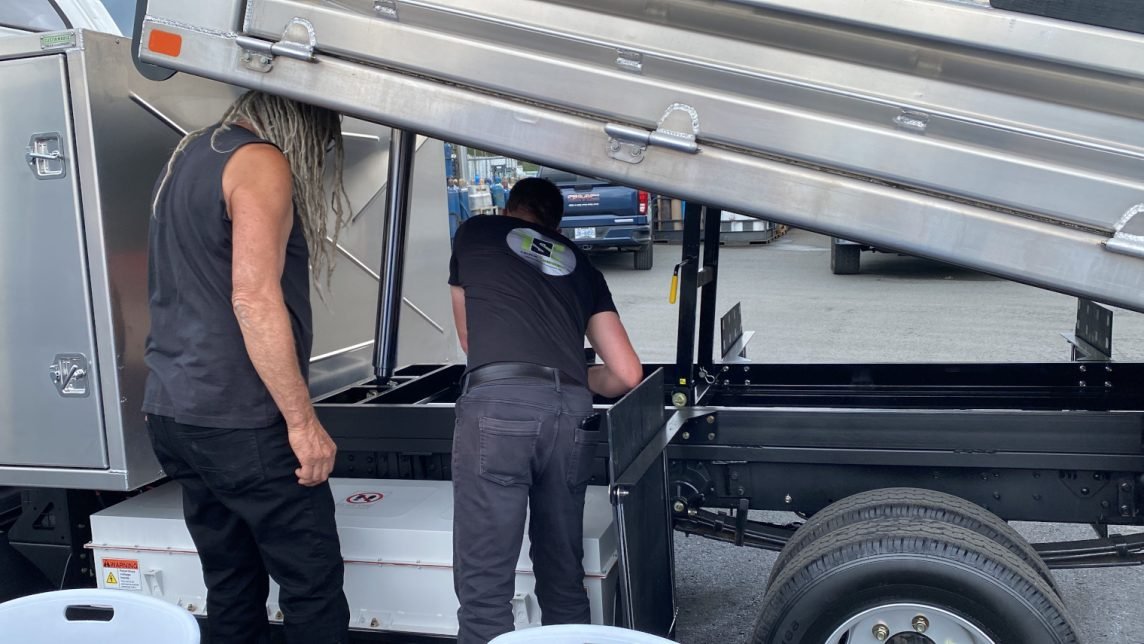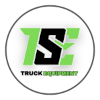In the world of commercial trucking, understanding axle weight limits is crucial for compliance with regulations, ensuring safety, and optimizing operations. Canada has specific regulations that vary by province and territory, designed to protect infrastructure and promote road safety. This comprehensive guide covers everything you need to know about commercial truck axle weight limits in Canada.
Why Axle Weight Limits Matter
Axle weight limits are essential for several reasons:
- Safety: Overloaded trucks are harder to control and stop, increasing the risk of accidents.
- Infrastructure Protection: Excessive weight can damage roads, bridges, and other infrastructure, leading to costly repairs.
- Legal Compliance: Adhering to weight limits prevents fines, penalties, and operational delays.
- Efficiency: Properly distributed weight improves fuel efficiency and reduces wear and tear on vehicles.
General Overview of Axle Weight Limits
In Canada, axle weight limits are determined by the Federal and Provincial/Territorial governments. The federal government sets the national standards, while provinces and territories may have additional specific regulations. The weights are typically measured in kilograms (kg) or tonnes (t).
Federal Weight Limits
The federal weight limits are specified in the National Safety Code Standard 10 (NSC-10). These limits apply to vehicles traveling between provinces and territories and set the foundation for provincial regulations.
– Single Axle: Maximum of 9,100 kg
– Tandem Axle: Maximum of 17,000 kg
– Tridem Axle: Maximum of 24,000 kg
Provincial and Territorial Weight Limits
Each province and territory may have variations or additional restrictions. Below are some key details for each region:
British Columbia
– Single Axle: Up to 9,100 kg
– Tandem Axle: Up to 17,000 kg
– Tridem Axle: Up to 24,000 kg
– Special Permits: Available for higher weights on certain routes.
Alberta
– Single Axle: Up to 9,100 kg
– Tandem Axle: Up to 17,000 kg
– Tridem Axle: Up to 24,000 kg
– Winter Weight Allowances: Increased limits during winter months on designated roads.
Ontario
– Single Axle: Up to 10,000 kg
– Tandem Axle: Up to 18,000 kg
– Tridem Axle: Up to 26,000 kg
– Permit Options: For weights above standard limits.
Quebec
– Single Axle: Up to 10,000 kg
– Tandem Axle: Up to 18,000 kg
– Tridem Axle: Up to 26,000 kg
– Seasonal Restrictions: Different limits during thaw periods.
Factors Affecting Axle Weight Limits
Several factors can influence axle weight limits, including:
- Axle Spacing: The distance between axles affects the distribution of weight.
- Tire Size: Larger tires can carry more weight.
- Road Conditions: Seasonal changes, such as frost heave, can impact weight limits.
- Vehicle Type: Different types of trucks and trailers have varying limits.
Compliance and Enforcement
Compliance with axle weight limits is enforced through weigh stations, roadside inspections, and portable scales. Non-compliance can result in fines, penalties, and even impoundment of the vehicle. It is essential for trucking companies to regularly check their load distributions and ensure they are within legal limits.
Best Practices for Managing Axle Weight
- Regular Training: Ensure drivers and loading staff are trained on weight limits and proper loading techniques.
- Use Technology: Employ onboard scales and load management software to monitor weight in real-time.
- Plan Routes: Select routes that accommodate the weight of the load, considering bridge limits and seasonal restrictions.
- Regular Maintenance: Maintain vehicles to ensure they can handle the designated weights safely.
Conclusion
Understanding and adhering to commercial truck axle weight limits in Canada is vital for safety, legal compliance, and efficient operations. By staying informed about federal and provincial regulations, utilizing best practices, and leveraging technology, trucking companies can ensure they meet the required standards and contribute to the overall safety and infrastructure protection.
*Disclosure: the information that was provided here may or may not be accurate as the regulations can change without notice. Please be advised to use this information as solely a starting point to your research. Sustainable Truck Equipment waives all liability to the information provided. If you notice anything out of date, please contact us so we can update the information as we aim to stay on top of current information we provide.

